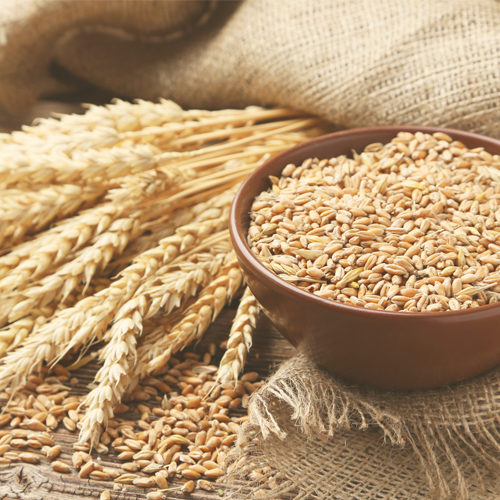What you should know about wheat and gluten allergy

Wheat is one of the most common grains used in making children’s foods. It is used in bread and cereals. Although it is a good source of fiber, carbohydrates, protein, vitamins, and minerals, it can cause allergies.
Introducing Your Child to wheat-based foods
You can introduce wheat to Your Child when they reach six months old. If you have a family history of wheat allergy or gluten intolerance, discuss with Your Child’s doctor before introducing bread, wheat, or cereals.
When you introduce a new food, wait for 3 to 4 days to monitor if Your Child shows any reaction before submitting the next fresh food.
Wheat allergy
If a child is allergic to wheat, their body’s immune system, which usually fights infections, attacks proteins in the grain as if they are harmful “invaders.” In the process, the person develops some symptoms and signs that are known as allergic reactions. Wheat allergy is more prevalent in children than in adults because many children often outgrow their allergy to wheat.
Symptoms and signs of wheat allergy
When a child who is allergic to wheat takes anything made from grain, their body releases histamine and other substances that trigger a host of reactions, leading to the following signs and symptoms:
- Hives
- Coughing
- Throat tightness
- Swelling
- Red spots
- Belly pain
- Hoarseness
- Wheezing
- Difficulty with breathing
- Drop-in blood pressure, leading to loss of consciousness
If your Your Child shows an allergic reaction to wheat, contact Your Child’s pediatrician and make sure you don’t purchase any foods that contain any allergens for now.
As Your Child’s immune system will get exposed to new environments, new allergies may develop, while currently, allergies can improve or fade.
Verified:
Dr. Piyawut Kreetapirom, MD. license no. 41578 (31 March 2021)



